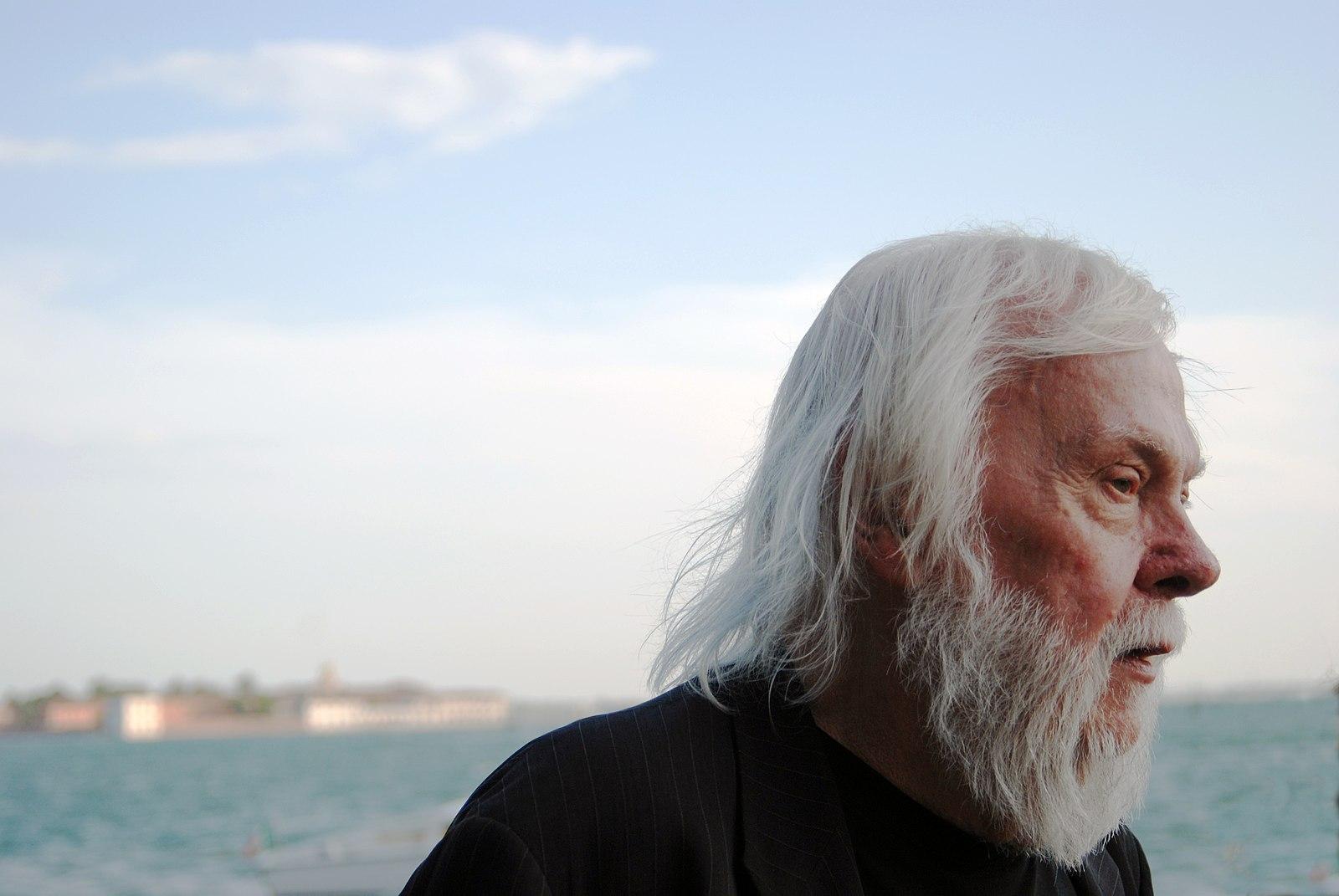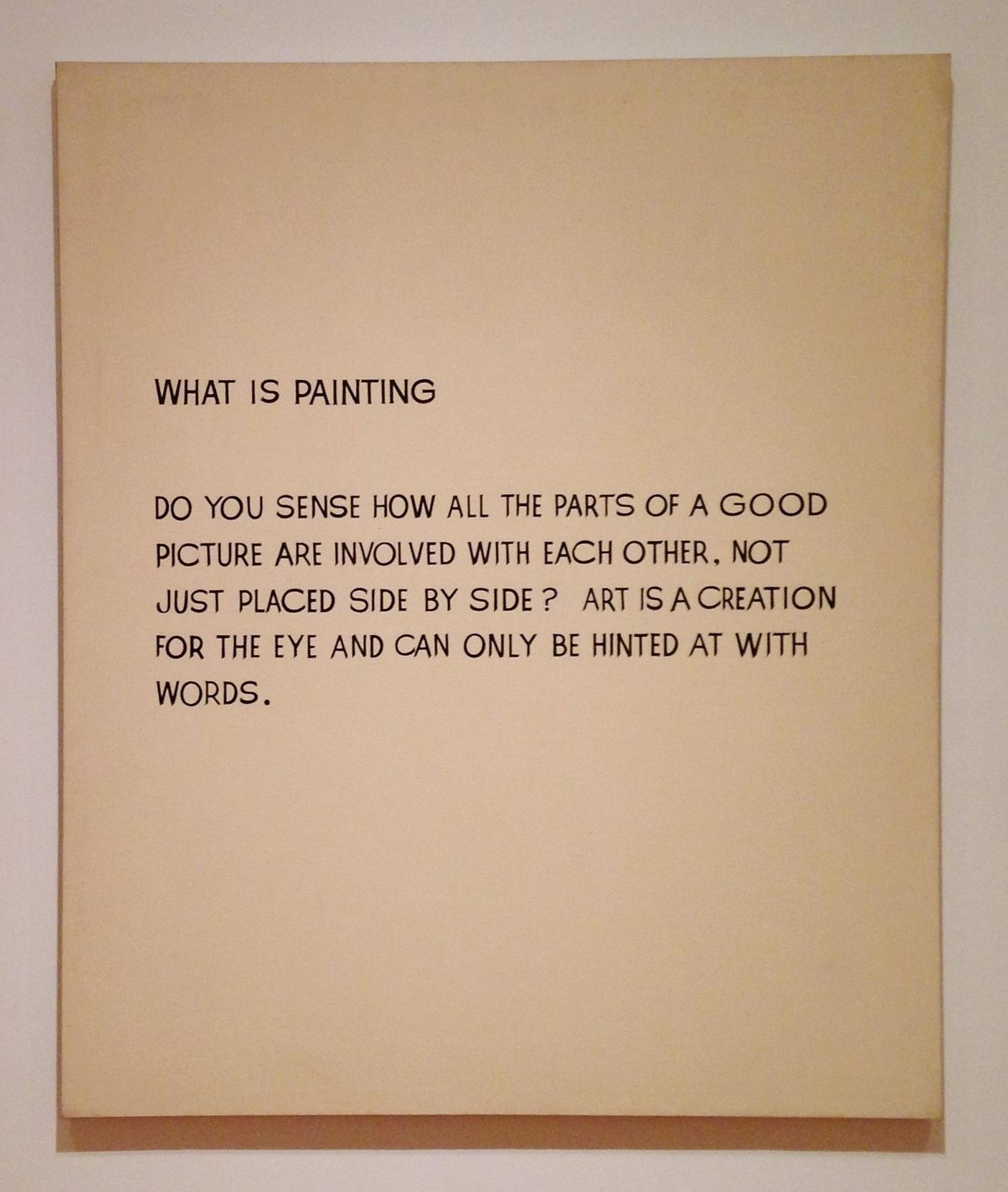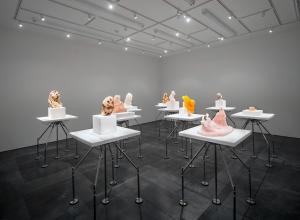Born in southern California in 1931, Baldessari began his career at the peak of Abstract Expressionism. Rejecting the earnestness and obscurity of the dominant movement, by the 1960’s he had begun adding text to his paintings, making the works more direct while bringing a conceptual element to them. Instead of creating works that left the viewer with a mystery to unravel, he asked questions of artists, art, and viewers directly: what is the purpose of art and why do artists create it?
Baldessari’s practice later broadened to include printmaking, film, video, installation, sculpture, and photography. Throughout all his work, he used deadpan humor and wit to interrogate the relationships between narrative, imagery, language, and the art world.



























